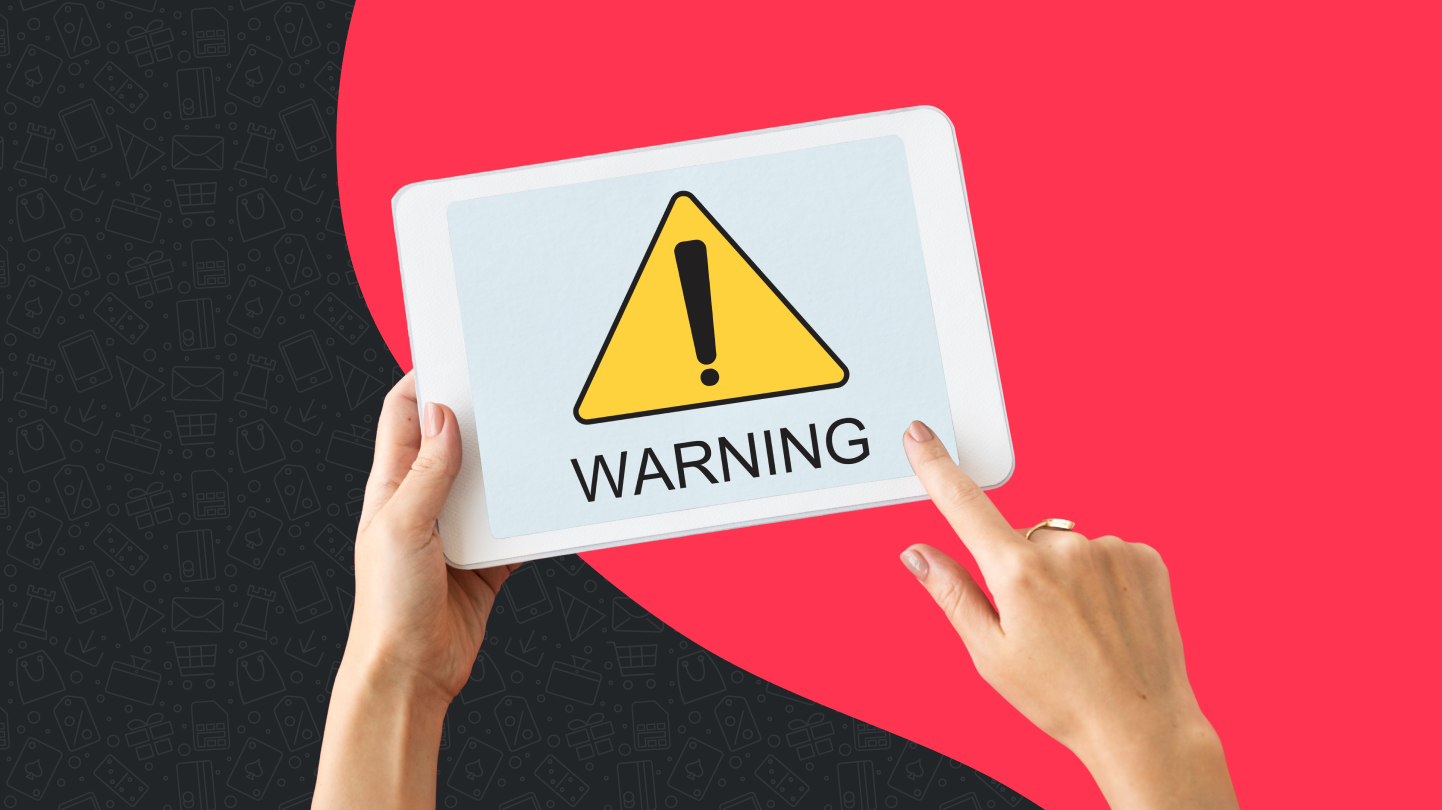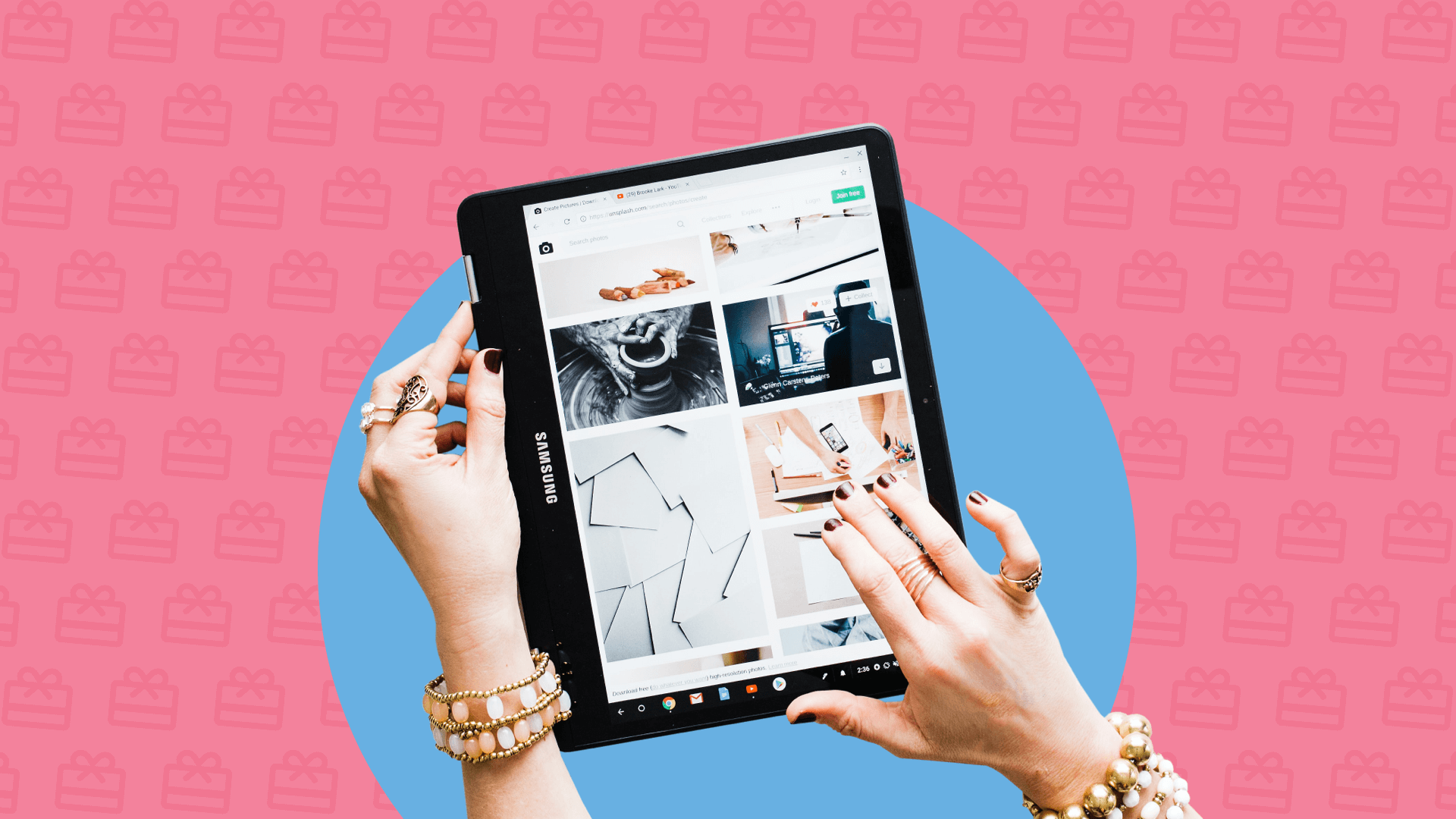Shopping online with your phone is now the norm — and with digital wallets like Apple Pay and Google Wallet, it’s also one of the safest ways to pay online. These wallets protect your personal data using encryption and tokenization, so your real card details are never shared.
While some experts still recommend shopping on a computer for easier fraud detection, the reality is clear: most people shop from their mobile phones. The good news? With the right habits, safe online shopping on mobile is easy.
Here’s how to keep your data and your money protected when you pay on the phone.
Understanding Mobile Payment Security
Mobile payment security is crucial to ensure that your transactions are protected when you pay using apps like Apple Pay or Google Wallet. These digital wallets use cutting-edge technology like encryption and tokenization to offer top-notch security. However, to fully benefit from mobile payment apps, users should access features like biometric authentication and transaction alerts. These features help users stay aware of any unauthorized access or unusual activity, providing peace of mind with every purchase they make using their smartphone.
The Importance of Cybersecurity in Mobile Transactions
As mobile payments rise, cybersecurity becomes crucial for businesses and customers. Cyber threats like phishing scams and malware can compromise sensitive data while shopping online. Strengthening your cybersecurity measures is vital to safeguarding personal and financial information. Ensure your phone is equipped with the latest security apps and regularly review app permissions to mitigate risks. Awareness of cyber threats is critical, and understanding these issues can aid in preventing incidents during online shopping.
1. Keep Your Device Updated
✔️ Always install operating system updates
Delaying updates leaves your phone open to security holes. Both Apple and Android regularly release patches that improve fraud prevention.
💡 Tip: Turn on automatic updates so you don’t miss out on critical protection.
2. Use Credit Cards and Wallets
✔️ Use PayPal, Apple Pay, or Google Pay instead — they act as a buffer between your card and the merchant.
✔️ Credit card companies usually reverse fraudulent charges quickly, unlike debit card disputes.
3. Use Strong Passwords & Phone Security
✔️ Create unique, strong passwords for your accounts
✔️ Change important ones (email, banking, wallet) regularly
✔️ Enable biometric security (fingerprint or Face ID) in your digital wallet
💡Tip: If your device is lost or stolen, these protections stop criminals from unlocking your wallet
4. Avoid Public Wi-Fi for Payments
Free Wi-Fi at airports or cafés is tempting — but unsafe. Hackers often target these networks to steal personal data.
✔️ Never make purchases or log into sensitive accounts on public Wi-Fi
✔️ If you must connect, use a VPN for encryption
✔️ Safer option: use Apple Pay on iPhone or Google Pay over your mobile data connection
5. Look For Specific Features in Mobile Payment Apps
When selecting mobile payment apps, certain features are essential to ensuring secure transactions and user-friendly experiences.
Look for apps that provide:
✔️ Strong encryption protocols
✔️ Two-factor authentication
✔️️️ Transaction monitoring
✔️ Instant notifications
These features are essential to detect and stop unauthorized activities in real-time. Additionally, reliable customer support and detailed user guides can significantly enhance your experience and security.
6. Only Download Trusted Apps
✔️ Stick to official app stores (Google Play, Apple App Store)
✔️ Check reviews and permissions before downloading
✔️ Delete apps you don’t use — unused apps can still carry risks
💡 Tip: Be especially cautious with shopping apps — fake apps are a common phishing attack trick.
7. Protect Your Personal Data
✔️ Share only the information necessary for your purchase
✔️ Question requests for extra personal details
✔️ Be wary of emails or texts pushing for “urgent” action — these are often scams
💡 Tip: When in doubt, visit the retailer’s site directly instead of clicking a link.
8. Install Mobile Anti-Virus Protection
Your phone is a computer — protect it like one.
✔️ Use reputable anti-virus or security apps
✔️ Many digital wallets also include built-in fraud detection features
There are many reputable companies that offer antivirus apps for your mobile device to protect you from malware and other threats.
Best Practices for Safe Online Browsing with Mobile Wallets
To stay safe online and enhance mobile wallet transaction security, follow best practices. Keep apps updated to ensure they have the latest security features. Avoid storing sensitive information unnecessarily and use trusted browsers with settings optimized for security. Regularly checking transaction history for anomalies is also important. Practising these habits contributes to the safety of your personal and financial information during online activities.
Final Word: Shop Safe, Shop Smart
Online shopping is secure when you combine safe wallets with smart habits. Whether you pay by phone, use Apple Pay on iPhone, or use any other eWallet, you can enjoy fast checkouts and peace of mind.
👉 Remember: The safest online payment method isn’t just the technology — it’s how you use it. Stay alert, stay updated, and enjoy safe online shopping anywhere.







